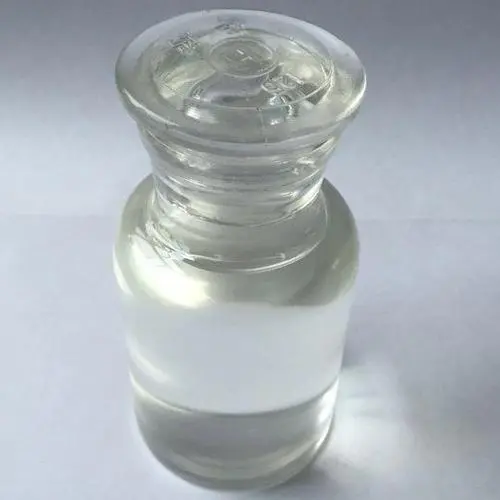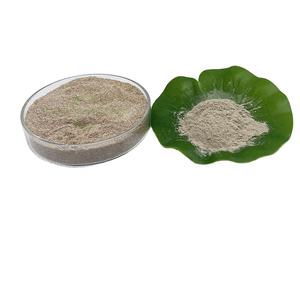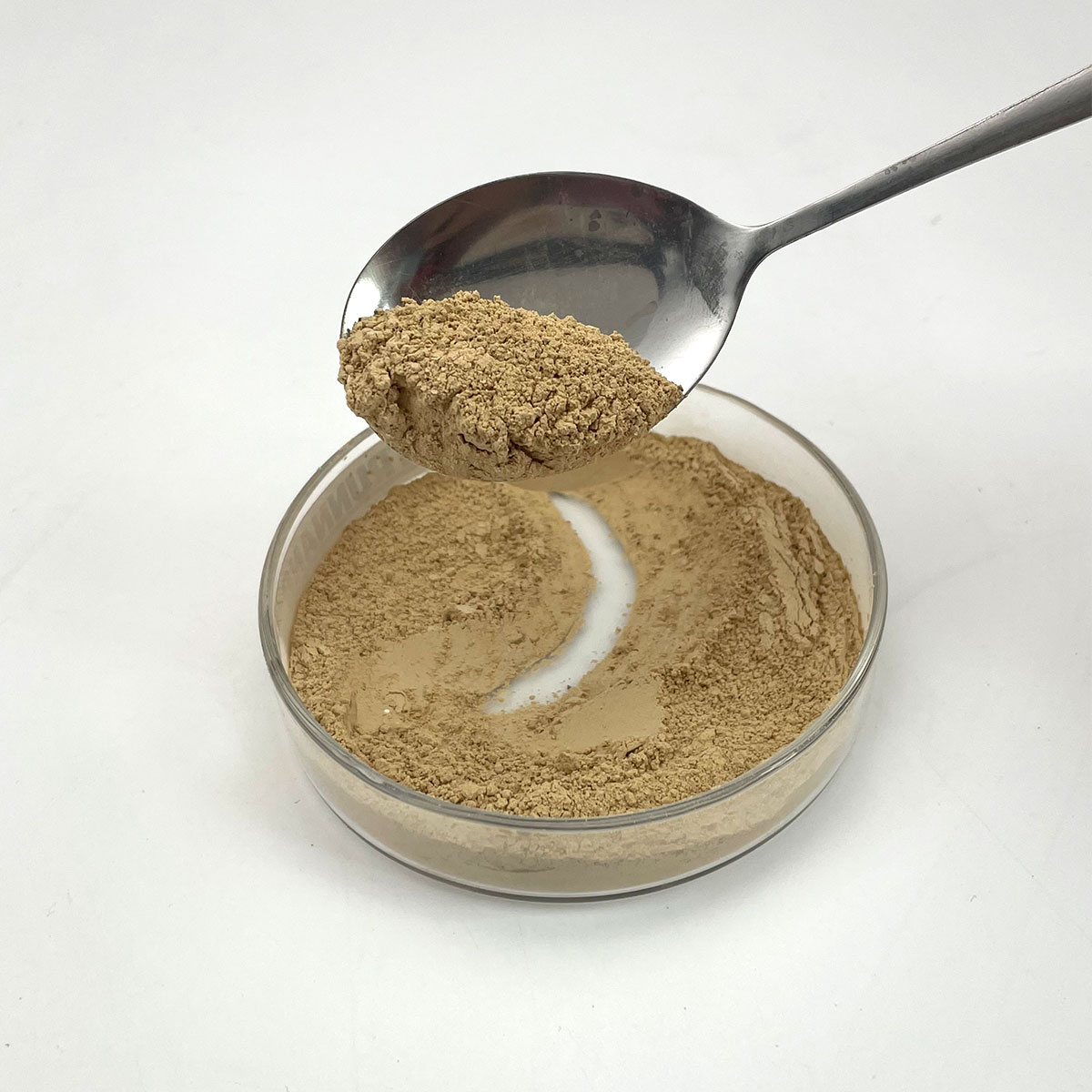1. Introduction
In the past 48 hours, a new petition filed with the U.S. FDA has reignited public debate over the safety of common surfactants like sodium lauryl sulfate (SLS) in everyday products. Advocacy groups are urging stricter labeling requirements, citing growing consumer demand for transparency about ingredients that may cause skin irritation or environmental harm. This renewed attention makes it the perfect time to explore what SLS really is—and how it stacks up against alternatives like sodium laureth sulfate, cocamidopropyl betaine, and newer bio surfactants.

2. What Is Sodium Lauryl Sulfate?
Sodium lauryl sulfate—also known as sodium dodecyl sulfate (SDS), natrium lauryl sulfate, or simply SLS—is a widely used anionic surfactant. The term ‘surfactant’ refers to surface-active agents that reduce surface tension between liquids or between a liquid and a solid. In practical terms, surfactants help products lather, clean, and spread more evenly. SLS is derived from lauryl alcohol (often sourced from coconut or palm kernel oil) and is prized for its strong foaming and cleansing power.
- It’s commonly labeled as ‘sls sodium lauryl sulfate’ or ‘na lauryl sulfate’ on ingredient lists.
- Chemically, it’s identical to sodium dodecyl sulfate, a name you’ll often see in lab settings.

3. Where Is SLS Used?
You’ll find sodium lauryl sulfate in a surprising number of everyday items. It’s a staple in shampoos, toothpastes, body washes, and facial cleansers because it creates that satisfying lather people associate with cleanliness. Beyond personal care, SLS is used in industrial cleaners, laundry detergents, and even as a surfactant for herbicides and weed killers—acting as a lawn wetting agent or wetting agent for grass to help active ingredients stick to plant surfaces.
- It’s also used in labs as a denaturing agent in protein analysis.
- Some agricultural formulations include SLS alongside other surfactants like polysorbate 80 or lignin sulfonate to boost efficacy.

4. Safety and Skin Sensitivity
Despite its effectiveness, SLS has a reputation for being harsh. Because it’s a strong anionic surfactant, it can strip natural oils from skin and hair, leading to dryness or irritation—especially in people with sensitive skin or conditions like eczema. This has driven a market shift toward milder alternatives such as sodium laureth sulfate (also called sodium lauryl ether sulfate or sodium lauryl ether sulphate), which is ethoxylated and generally gentler.
- Sodium laureth (or laureth sulphate) is often confused with SLS but is chemically distinct and less irritating.
- Labels may say ‘sls sodium laureth sulfate’—a common mix-up, but they’re different compounds.
5. Popular SLS Alternatives
As consumers seek cleaner, greener options, formulators are turning to a range of alternative surfactants. These include amphoteric types like cocamidopropyl betaine (also called coco betaine, amidopropyl betaine, or coco amido propyl betaine), which work well with anionic surfactants to reduce irritation while maintaining foam.
- Non-ionic surfactants like decyl glucoside, coco glucoside, and alkyl polyglucoside offer mild, biodegradable cleansing.
- Other gentle anionic options include sodium cocoyl isethionate, sodium lauroyl sarcosinate (or lauroyl sarcosinate), and sodium cocoyl glutamate.
- Bio surfactants, derived from renewable resources, are gaining traction for their eco-friendly profiles.
6. Understanding Surfactant Types
Surfactants fall into four main categories: anionic, cationic, non-ionic, and amphoteric. Anionic surfactants like SLS, sodium dodecylbenzene sulfonate, and ammonium lauryl sulfate (also called ammonium dodecyl sulfate or ammonium lauryl sulphate) carry a negative charge and are excellent cleaners. Cationic surfactants like cetyl trimethyl ammonium bromide (CTAB or cetyltrimethylammonium bromide) are positively charged and often used as conditioners or antimicrobials.
- Non-ionic surfactants (e.g., ethoxylated alcohol, pluronic 127, poloxamer 188, span80) don’t carry a charge and are valued for stability and low irritation.
- Amphoteric surfactants like cocamidopropyl can switch charge based on pH, making them versatile and skin-friendly.
Note: Fluoro surfactants and specialty types like sodium deoxycholate or sodium oleate serve niche roles in pharmaceuticals or research.
7. Buying and Sourcing SLS
For manufacturers or DIY formulators, sodium lauryl sulfate for sale is widely available from chemical suppliers. Companies like Rohit Surfactants Private Limited specialize in industrial and cosmetic-grade surfactants, including SLS and related compounds like sodium lauryl ether sulphate in shampoo formulations. Always verify purity and intended use—lab-grade SDS isn’t the same as cosmetic-grade SLS.
- Methylated seed oil is sometimes blended with SLS in agricultural surfactants to enhance penetration.
- Copper 1 bromide and other reagents may appear in synthesis pathways but aren’t end-product ingredients.
8. Conclusion
Sodium lauryl sulfate remains one of the most effective and economical surfactants on the market—but it’s not always the best choice for sensitive skin or eco-conscious applications. With a growing array of alternatives—from sodium laureth sulfate to bio-based alkyl polyglucosides—consumers and formulators now have more options than ever to balance performance, safety, and sustainability. Whether you’re reading a shampoo label or formulating a new herbicide, understanding the meaning of surfactant and the differences between anionic, cationic, and non-ionic types is key to making informed choices.
Our Website founded on October 17, 2012, is a high-tech enterprise committed to the research and development, production, processing, sales and technical services of ceramic relative materials such as 7. Our products includes but not limited to Boron Carbide Ceramic Products, Boron Nitride Ceramic Products, Silicon Carbide Ceramic Products, Silicon Nitride Ceramic Products, Zirconium Dioxide Ceramic Products, etc. If you are interested, please feel free to contact us.


